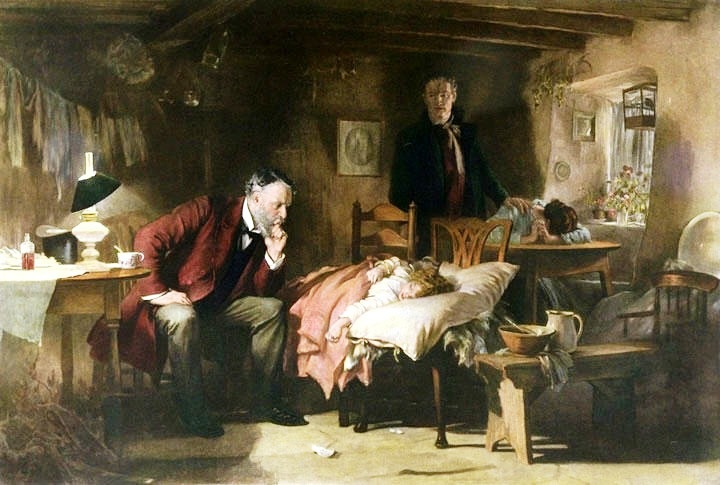As part of a series on heart disease, Gina Kolata of the New York Times is calling attention to Blood Pressure, The Mystery Number.
And what a mystery it is! Reading Kolata’s piece, one gets a sense that hypertension researchers are chasing after the optimal blood pressure the way Pythagoreans of old sought numeric answers for the riddles of the universe.
Kolata relates:
What about a patient like Glenn Lorenzen, 67, whose systolic pressure was a frightening 220 in October? On a chilly day in December…he had received the good news that drugs and weight loss had lowered his reading to 124. Should he be happy? Should he aim to be below 120? Or should he ease up on the medications a bit and let his pressure drift toward 140 or even 150?
Unfortunately, with Lorenzen’s happiness hanging in the balance, doctors must make decisions “in a fog of uncertainty.”Continue reading “Blood pressure and the conundrum of medical numerology”





